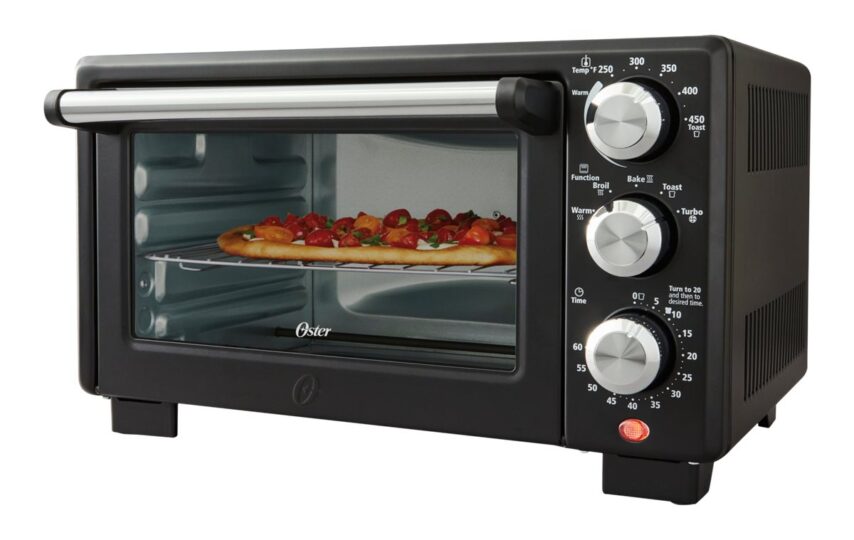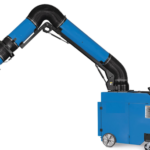The rich smell of freshly baked pastries; the experience of trying out new recipes and improving on them to give yourself a unique personalised taste; baking is fun!
Wholesome experiences such as these make the whole process of baking worthy of time and effort. No matter how much you enjoy it, being knowledgeable in the art is very important. Don’t let yourself be robbed of the perfect pastry if you are not well-versed in it!
In this article, we will be exploring the electric oven and a few things you can do to optimise its functionality for your benefit.
To get the best out of your electric oven:
- Know Your Socket Rating
You’re a baker, not an electrician! Therefore, you might have been out of the loop about the level of power rating your oven needs. Ordinarily, an electrician should have installed the appliance for you, but if you find yourself in a situation where you are lost on this, consider the following three questions.
- What is the power rating of the oven?
- What is the capacity of the socket?
- Does the socket have its own circuit?
Most user manuals will tell you what the power rating of the oven is. The power rating of the oven should match the socket closely to avoid the power from being disrupted during baking. Ordinarily, if the power rating is less than 300 watts, you would be within order to plug it into a normal socket. However, note that the socket you plug it in should be separate from other sockets. Your oven is heavy, and the socket fuse might get blown if you plug other appliances into the same one!
Your power rating matters because if you don’t take it seriously, you might end up spoiling the oven, and in any case, it wouldn’t get enough electricity to power your oven up.
- Be Cautious With Pre-Heating
This is the one place where you can confidently say gas ovens have a slight edge over electric ovens. An electric oven is generally heated by the transformation of electrical energy to heat by means of a coil. This coil is a metallic conductor which takes time to reach the temperature it is eventually set at.
As a baker, you know how detrimental it would be for your dish to experience heat before it reaches the required temperature. It would not cook as evenly as you want.
Preheating should be done patiently to make sure that you get the best results.
- Do Your Observations Through Glass
Keeping heat within your oven is very important in order to cook your dish properly. Although the urge to open the oven to check how prepared the meal is might be strong, it is one that should be resisted.
Make your observations through the glass door of the oven (you should bake in the middle of the oven anyways, so this should be no problem for you). Frequently opening the oven when the food is not yet done would only let out the heat in the oven and disrupt the timeframe needed to cook the meal.
If you must open it, do so once or twice only and only for small intervals; shortly after putting the meal in to check it and a little bit into the middle of the required cooking time frame.
- Bake In The Middle Of The Oven
Although some ovens come with double coils at the top and at the bottom in the interior, most ovens have their coil located at the bottom only.
Heat is usually extremely concentrated at that point, and if you place your meal there, it is likely to get browned.
Baking on the middle rack of the oven would ensure that your meal is roasted and baked in a balanced way. It also helps if you place your products in the middle of the rack itself and then exchange positions as time goes on (as we said, do not leave the oven open for too long, though).
- Use A Foil To Cover Your Products And Protect Them From Over-Browning
Overbrowning happens when your dish receives too much direct heat. However, you might feel helpless to stop it when you notice that some parts are already doing so long before the time to take it out arrives.
To prevent this from happening, tent the food with a sheet of foil to trap some air and heat while protecting you from direct heat. Your product is less likely to burn that way.
Electric ovens are actually easier to use than one might think. With these few tips, you are sure to get the most out of your oven. Your cooking would come out far better than it used to, and you would be able to use the oven for a long period without repairing blown fuses.
Should you find yourself in the market for a new electric oven, make sure to shop with a reputable stockist such as The Appliance Depot, a leading provider of Ex-Display Electric Cookers, Electric Ovens, and other outstanding models.



